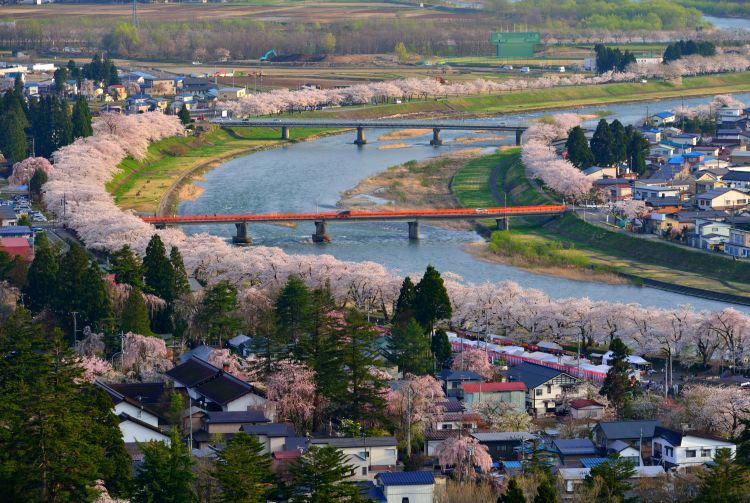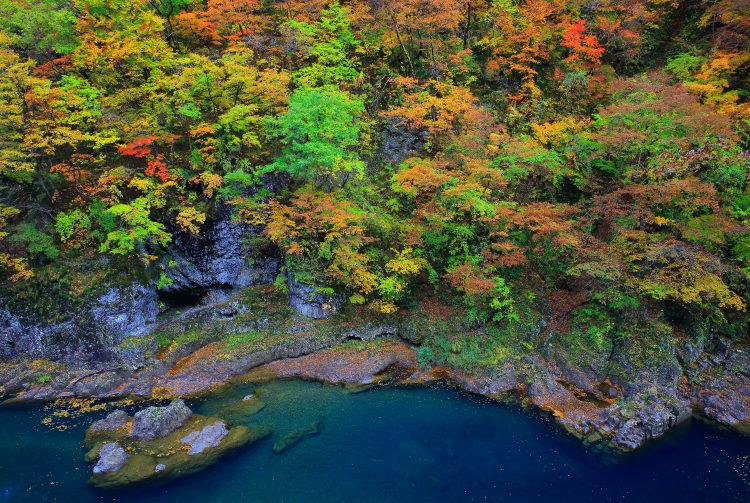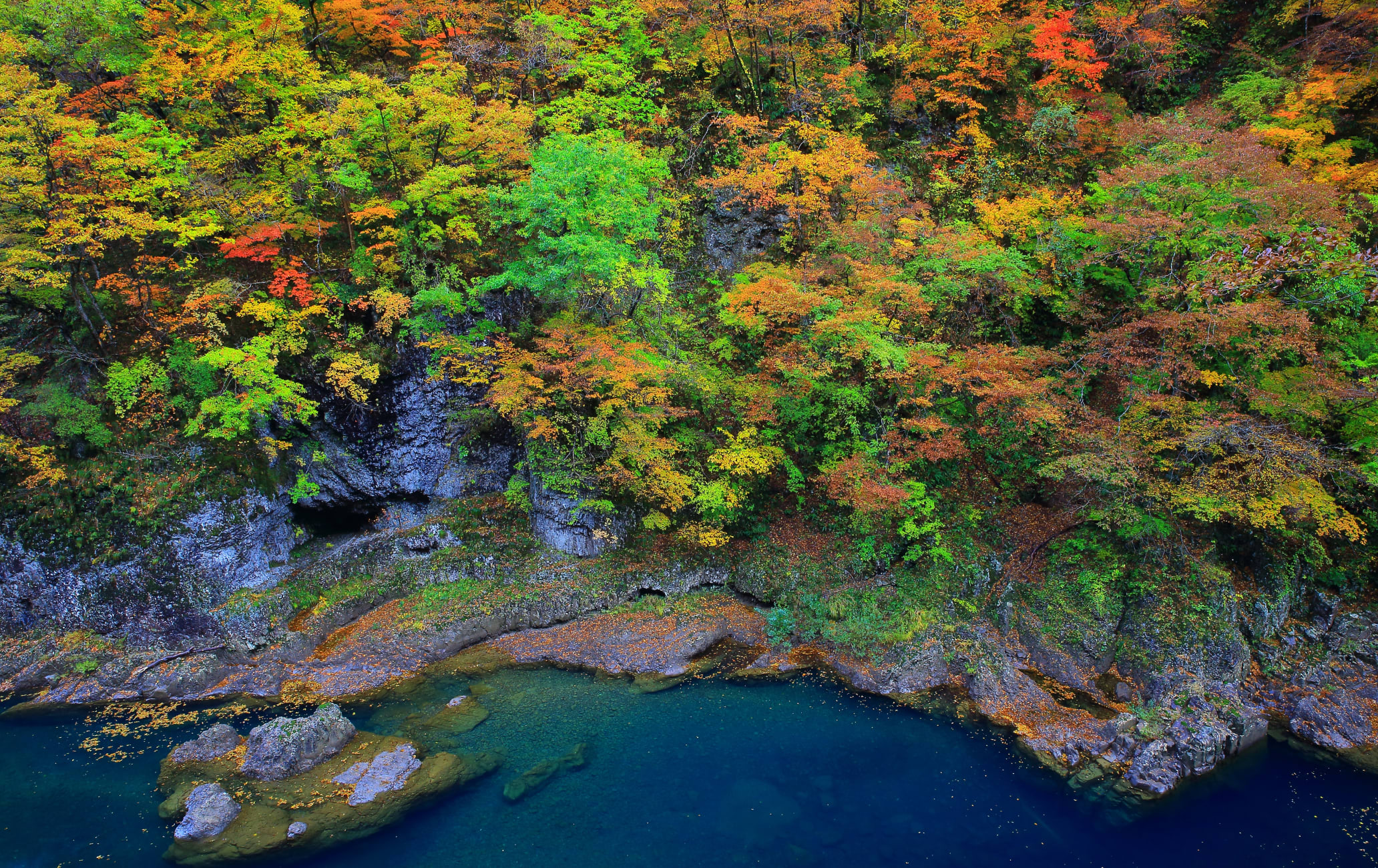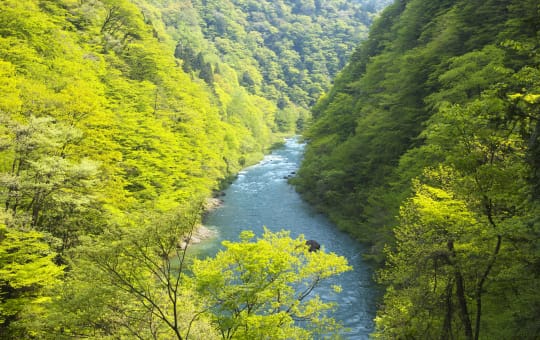Traditional crafts and dancing lions in a town steeped in samurai history
The castle town of Kakunodate developed in the early 17th century as a city of samurai and is often referred to as a "Little Kyoto."
Though the castle no longer remains, its legacy can be seen in the well-preserved samurai houses, many of which are centuries old.

Don't Miss
- Kakunodate's most famous local craft, polished cherry bark
- Miso tasting at the historic Ando Miso Sauce Brewery
- The bloom of weeping cherry trees along the Hinokinai River in spring
How to Get There
Kakunodate is accessible by train or bus from Akita Station and by bus from Tazawako.
It is a 50-minute train ride from Akita Station to Kakunodate Station on the Akita Shinkansen. If you're traveling by local train, catch the JR Ou Line to Omagari Station and make the switch to the Tazawako Line which will take you to Kakunodate.
Take time to explore
The area is easy to explore on foot or by bicycle, and bikes are available for hire near Kakunodate Station.
Visit the samurai district for a taste of life in the 17th century located just a 15 to 20-minute walk from Kakunodate Station. Stroll down the wide avenues, and see the traditional fences and elaborate gates of thatched residences, owned by descendants of the samurai.
Samurai district
Explore one of Japan's most well preserved historical pockets, the Kakunodate Samurai District. Around 80 samurai families once lived in the area, and you can get a glimpse of their lives through the architecture of the buildings and the items scattered around the homes. Enjoy strolling along the winding historic streets with the dozens of weeping cherry trees that line the roads in spring.
Visit the homes of the local samurai
A number of homes and gardens, such as those of the Ishiguro and Aoyagi families, are open to tourists. Check out the old maps, books, pottery, tools, and swords on display at the Ichiguro Samurai House, which dates from the 19th century.
So much to see and do
There are also small museums, merchant storehouses, craft shops and cafes throughout the historic streets. Check out the Omura Art Museum, which has a beautiful collection of glassware. For those interested in traditional craftsmanship, Nishinomiya House showcases tansu chests, sake flasks, and lacquerware. Also in the area is the Shinchosha Memorial Literature Museum.


Pretty in pink
The banks of the Hinokinai River are planted with more than 400 cherry trees stretching as far as the eye can see. In spring they create a beautiful tunnel of fluffy pink blossoms.


Throughout the year, the riverbank is a popular walking area, as people take in the lush leaves of summer, the vibrant and colorful foliage of autumn and snowy sights of winter.
Festivals aplenty
Experience one of the many local festivals to soak up the town's culture. In summer, locals enjoy a traditional lion dance called Sasara-mai, which is accompanied by the performance of drums and a flute.
In autumn, kabuki-themed floats are wheeled through the streets.
In winter, the fire and snow festival sees bundles of rice straw set alight to ward off evil spirits and pray for health in the year ahead.

* The information on this page may be subject to change due to COVID-19.
































































